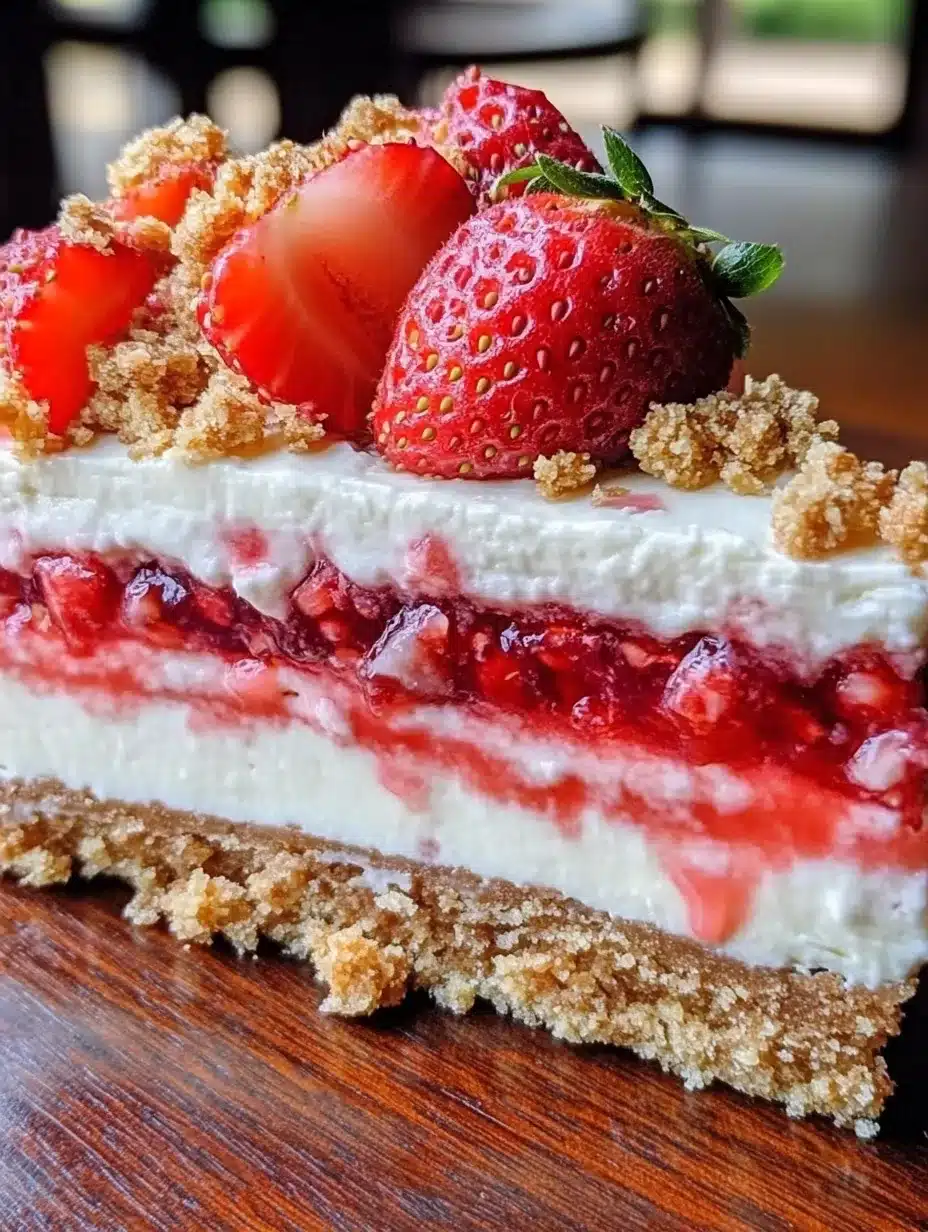Quick & Easy Meals
Discover a collection of quick and easy meals perfect for busy weeknights. From 30-minute dinners to one-pot wonders, these simple recipes are made with everyday ingredients your family will love. Ideal for home cooks looking to save time without sacrificing flavor.

